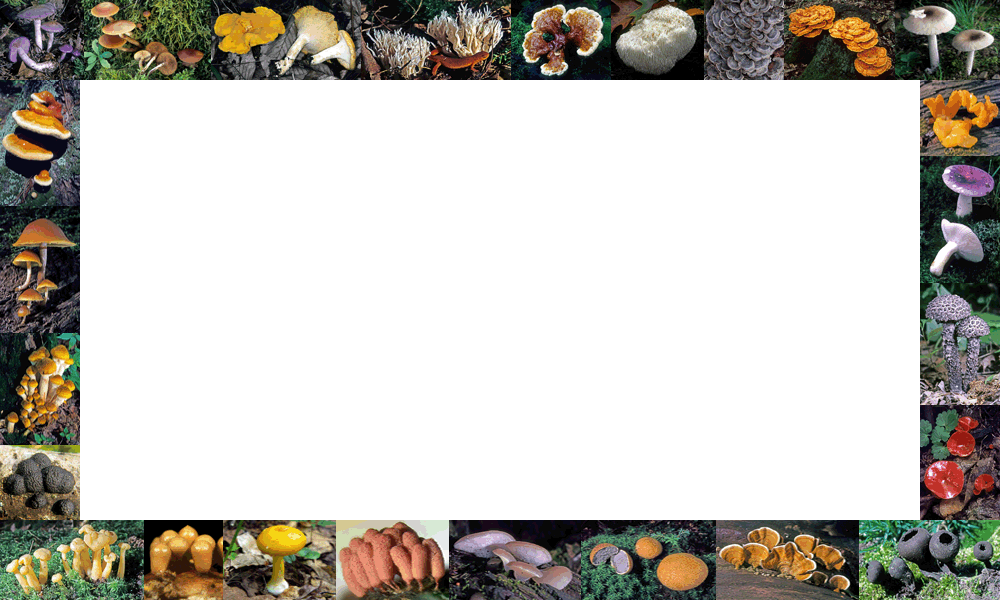Mycorrhizal Association |

|
|||
|
The fungus enables the plant to take up nutrients that would otherwise be unavailable, and the plant provides nutrition for the fungus. The majority of plants–including such common forest trees as oaks, maples, hickories, and pines–are involved in these associations. In some instances, the mycorrhizal association is so essential to the plant that the latter would not survive without its fungal partner. There are two fundamentally different types of mycorrhizal associations–ectomycorrhizal and endomycorrhizal. In the former, the fungus produces a covering of hyphae (called a sheath or mantle) around the outside of smaller rootlets of the host plant. Other hyphae invade the cortex of the rootlet but do not penetrate the individual cells. In an endomycorrhizal association, no sheath is formed and hyphae of the fungus actually penetrate cells of the cortex of the rootlet. Perhaps 80% of all vascular plants form mycorrhizal associations with fungi. Endomycorrhizal associations are predominant worldwide, but about half of the forest trees that are important in eastern North America are ectomycorrhizal. |
||||
| Continue | Go Back | Home | ||
